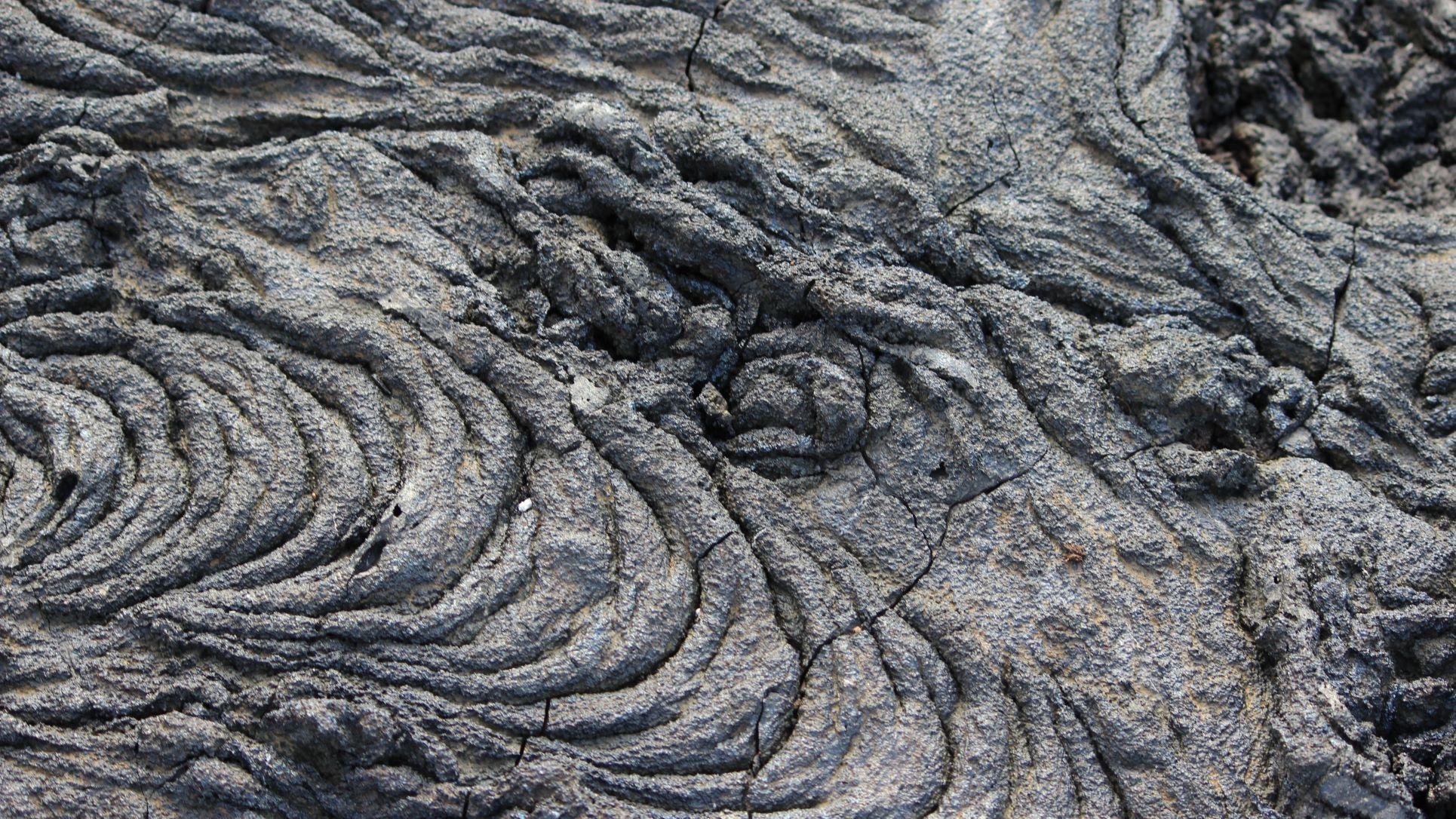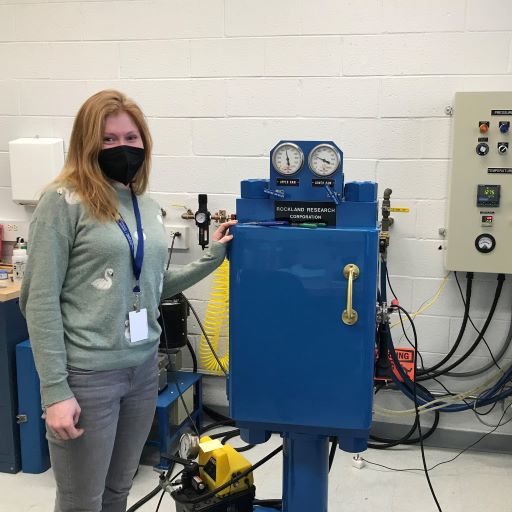
Submitted by Dr C.M. Martin-Jones on Wed, 13/07/2022 - 10:42
Plumes of hot rock rising from nearly three thousand kilometres beneath our feet contain clues as to the contents of mysterious superstructures lying atop the Earth’s core, show new findings presented today at the Goldschmidt conference.
Many of the most violent outpourings of volcanic activity in history tapped into a plumbing system that extends nearly to Earth’s core, some of which are thought to be rooted in these superstructures. The exact contents of the superstructures, and their relationship to volcanoes on the surface, is debated.
Now, Carrie Soderman — a PhD student at Cambridge’s Department of Earth Sciences — has found chemical evidence, in lavas erupted from the Galápagos hotspot, detailing the ingredients making up one of these piles of rock.
“We’ve now found evidence to support an existing theory that these structures are mostly made up of primordial material from the earliest stages of Earth’s evolution” said Soderman.
The work is the most detailed isotopic analysis of lavas erupted over the ninety million year history of the Galápagos hotspot. Aside from helping scientists understand the chemical make-up of the mantle, it could also shed light on how these hot plumes can drag material up from such depths.
Scientists study Earth’s mantle — the middle and biggest layer, sandwiched between the iron core and the crust we walk on —by using seismic waves from earthquakes to see beneath the surface. They can also fingerprint lavas from volcanoes that tap deep into Earth’s interior, like the Galápagos hotspot, to get data on the chemical makeup of the mantle.
“Galápagos is special because we have such a good record of its history. The plume has left a trail of ancient lavas and rocks, and their chemistry helps us unravel its evolution from the early and hottest phases to modern volcanism.” said Soderman.
But data from lavas and seismic waves has led to conflicting theories as to the contents of mantle superstructures. One option is that primordial rocks — which are even older than the moon — make up the bulk of these structures, together with a small amount of rock dragged down from the ocean floor. But some scientists studying lavas erupted at the surface think that the structures are actually made almost entirely of oceanic crust which could have been pulled down and swept up by slow creeping movements inside the mantle.
“Our data shows that oceanic crust is being brought up by this mantle plume, but it’s a small fraction – less than ten percent of the structure beneath the Galápagos plume is oceanic crust,” said Soderman. That amount has stayed constant over the ninety million years of volcanic activity at the surface, suggesting to Soderman that the plume was tapping a nearby reservoir containing recycled oceanic crust.
Soderman used new iron isotope analysis, pioneered by Prof Helen Williams at the labs in Cambridge, to get a more accurate picture of the lavas origins. “This is a level up on traditional geochemical methods; we are able to detect much smaller amounts of oceanic crust and see through trends skewed by the plume cooling through time,” said Soderman.
Previously, scientists had struggled to explain how large amounts of recycled crust extracted from one of these superstructures could be pulled up to the surface. “Oceanic crust is much denser than the rest of the mantle and existing models based on seismic waves show that these plumes wouldn’t be buoyant enough to transport large quantities of heavy crust.” said Soderman.
Soderman calculated that the heavy crust carried by the upwelling plume could be up to 4% denser than the surrounding mantle, in agreement with seismic models. “Our new results mean that we can finally reconcile the geochemistry and seismic data.” said Soderman.
Soderman, C. et al. (2022) 90 million years of the Galapagos plume: the evolution of lithological heterogeneity, Goldschmidt Conference 2022.

